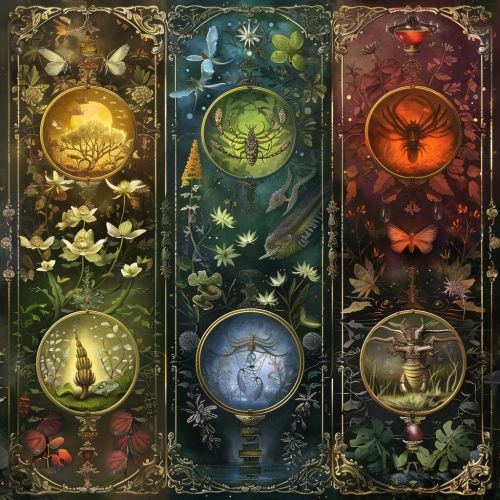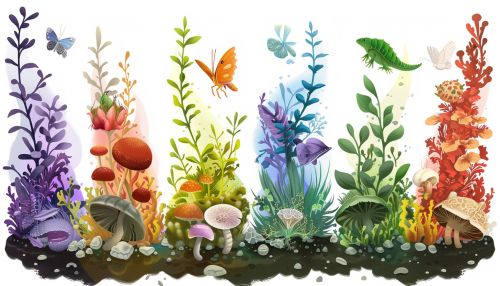Five Kingdoms
Introduction
The Five Kingdoms is a classification system in biology that categorizes all known life forms into five major groups. This system was developed by Robert H. Whittaker in 1969 and has been widely accepted by the scientific community. The five kingdoms are Monera, Protista, Fungi, Plantae, and Animalia. Each kingdom represents a unique form of life, differing in terms of cellular structure, mode of nutrition, and other fundamental characteristics.


Monera
The kingdom Monera, also known as Prokaryotae, includes all organisms that have prokaryotic cells. These organisms are primarily unicellular and include bacteria and archaea. Monerans are characterized by the absence of a true nucleus and other membrane-bound organelles. They reproduce asexually through binary fission and are found in diverse habitats ranging from extreme environments like hot springs and salt pans to the human gut.
Protista
The kingdom Protista is a diverse group of eukaryotic microorganisms, which are primarily unicellular but can also be multicellular or colonial. Protists include various types of algae, protozoans, and slime molds. They exhibit a wide range of nutritional modes, including photosynthesis, absorption, and ingestion. Protists are found in various habitats, including freshwater, marine environments, and the soil.
Fungi
The kingdom Fungi includes multicellular eukaryotes that are heterotrophic by absorption. Fungi are characterized by a cell wall made of chitin and a body structure known as a mycelium, which is composed of thread-like hyphae. Fungi play a crucial role in decomposition and nutrient cycling. They include organisms like mushrooms, yeasts, and molds.
Plantae
The kingdom Plantae includes all green plants, which are multicellular, eukaryotic organisms that are autotrophic by photosynthesis. Plants have a cell wall made of cellulose and are characterized by a life cycle involving alternation of generations. The plant kingdom includes a wide range of organisms from small mosses to large trees.
Animalia
The kingdom Animalia includes multicellular, eukaryotic organisms that are heterotrophic by ingestion. Animals lack a cell wall and are characterized by high levels of mobility and responsiveness to their environment. The animal kingdom includes a wide range of organisms, from simple sponges to complex mammals.
